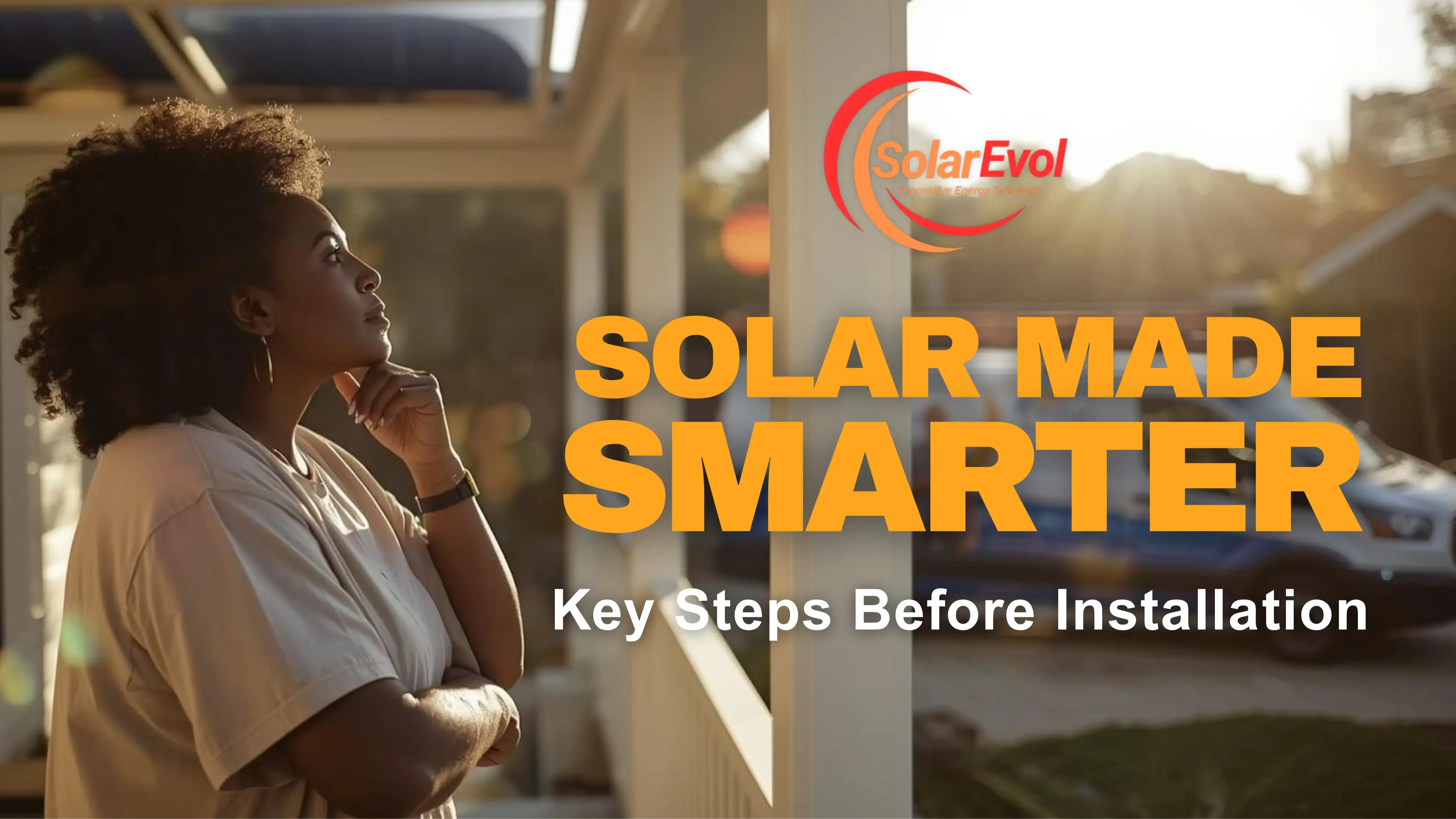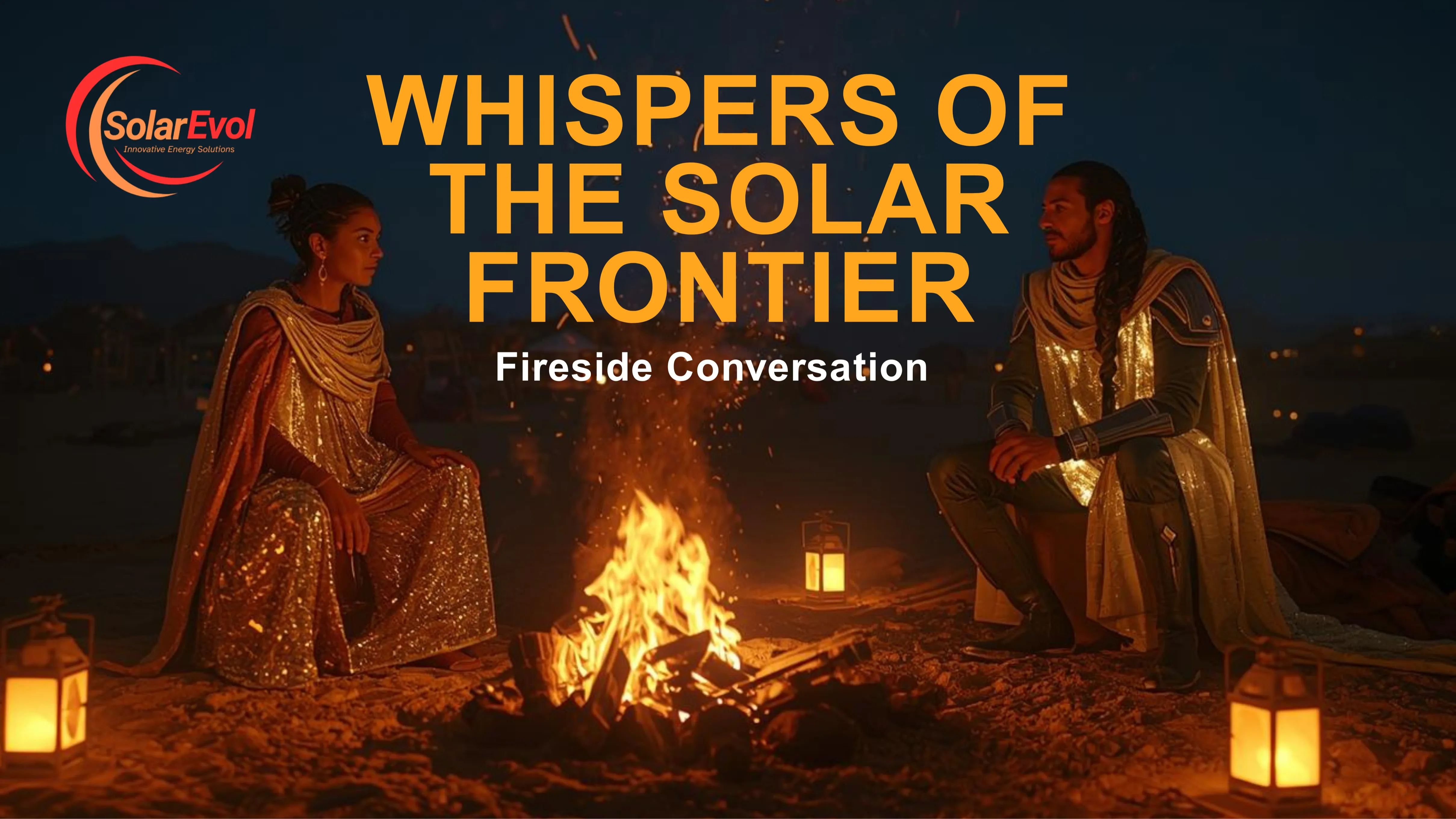
Electra Volt’s Guide to Energy Storage
May 12, 2025
🔥 The Power Went Out—and the Solar Did Nothing
That was the moment Electra Volt stopped calling herself energy independent.
It was 7:53 p.m. in Alamo, California. The lights flickered, then vanished. The hum of the fridge fell silent. Her home, powered by a gleaming solar array she’d invested in two years earlier, slipped into darkness as another Public Safety Power Shutoff rolled through the hills.
The irony burned brighter than the candles she scrambled to light.
“I had 24 solar panels. But not a single watt when I needed it most.”
☀️ Meet Electra Volt: Consultant by Day, Climate Nerd Always
Electra wasn’t your average homeowner. She worked in sustainable design, tracked utility rates for fun, and had given TED-style talks about the clean energy transition.
When she’d installed solar, she believed she was doing everything right. She’d sized her system smart, took advantage of California’s solar tax credit, and optimized it for mid-afternoon peak production.
But the day the grid failed—and her system failed with it—she realized something most solar buyers never learn until it’s too late:
Solar panels alone don’t keep your lights on during a blackout.
🧠 Generation Isn’t the Same as Availability
Here’s the harsh truth most solar installers gloss over: grid-tied solar systems shut down during outages. Even on the sunniest day, if the grid goes down and you don’t have a battery, your panels stop working. That’s a built-in safety feature to protect utility workers.
Electra hadn’t installed a battery when she went solar. At the time, prices were high and information was thin. Her installer assured her the system would “cut her bill in half” (it did), and “provide energy security” (it didn’t).
What she had was great for savings. But what she wanted—what she thought she was buying—was resilience.
🔍 What Energy Storage Actually Means
After that night, Electra made it her mission to demystify storage—not just for herself, but for her neighbors, clients, and community.
Here’s what she learned, and what few people outside the industry really understand:
1. Batteries Are Not Just Backups—They’re Strategic
A well-sized battery system stores your excess solar energy during the day and makes it available after sunset or during outages. But they’re not one-size-fits-all. You need to think in tiers:
- Critical loads only (fridge, router, a few lights)
- Partial home backup (a couple of rooms)
- Whole home backup (everything, including HVAC and EV charging)
The difference? About $8,000–$20,000.
2. Inverters Matter More Than You Think
Many solar homes use standard string inverters that aren’t battery-ready. Electra had to swap hers for a hybrid inverter—the kind that knows how to switch into island mode during an outage. It cost extra, but it made all the difference.
3. There Are Funding Paths—If You Know Where to Look
Electra tapped into California’s Self-Generation Incentive Program (SGIP), which provided a hefty rebate for battery installation—especially since she lived in a high fire-risk area. She also got time-of-use optimization credits by programming her battery to discharge during peak pricing hours.
And yes—she discovered that insurance, permitting, and home electrical panel capacity all played unexpected roles in total cost and feasibility. Things no one tells you until you're knee-deep in the process.
🔧 The Transformation: From Solar-Powered to Fully Empowered
By the next fire season, Electra’s system had evolved.
- She had a 10kWh battery, enough to run her essentials for a full 24 hours
- Her EV charger was tied to solar and set to pull only during peak generation
- She’d built a community-facing PDF guide: “The 5 Things I Wish I Knew Before Adding Storage”
- And she hosted monthly “power hour” meetups for curious neighbors who wanted more than just panels—they wanted energy freedom
So when the next blackout rolled in and her block dimmed again, Electra’s house stayed bright.
“I didn’t just stay online. I stayed in control.”
💡 Solar Is the Engine. Storage Is the Steering Wheel.
You can generate all the power in the world.
But if you can’t keep it, store it, and manage when it flows—you’re still playing by someone else’s rules.
Energy storage isn’t a luxury. It’s the key to:
- Surviving blackouts
- Slashing peak hour costs
- Maximizing self-consumption
- Future-proofing your home as energy pricing and grid instability evolve
And it’s not just for off-grid cabins or tech bros in Teslas. It’s for schoolteachers, retirees, nurses, and busy parents who want the simple dignity of knowing the lights will stay on.
“Energy freedom,” Electra says, “doesn’t come from the sun. It comes from knowing what to do after the sun goes down.”
Stay connected with news and updates!
Join our mailing list to receive the latest news and updates from our team.
Don't worry, your information will not be shared.
We hate SPAM. We will never sell your information, for any reason.











